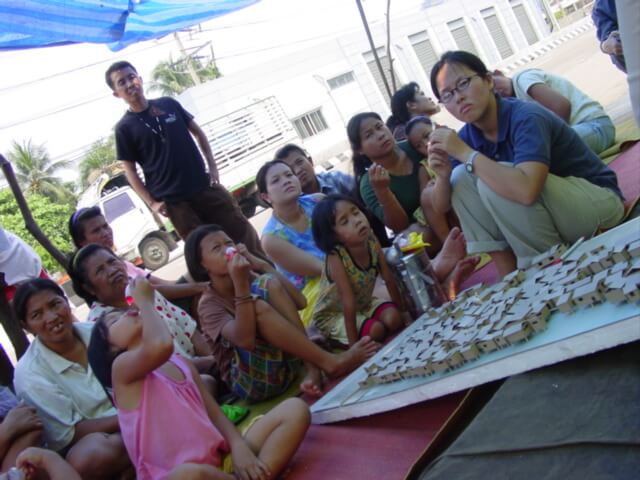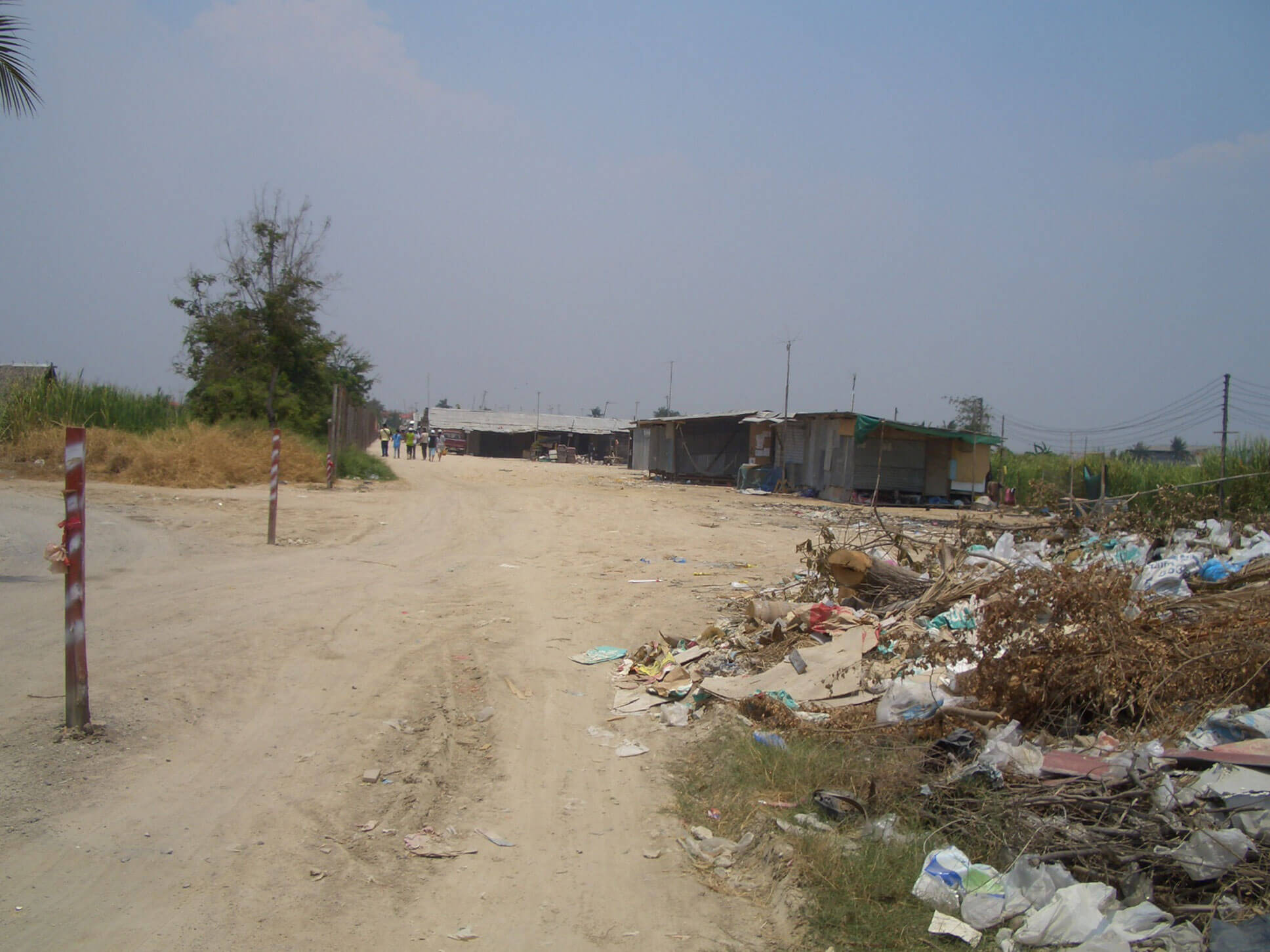Through education, research and demonstration building programs, CAHR is working in six areas where human rights intersect with the built environment.

The Right to Participate
Expanding on the ‘right to participate’ identified in the 1976 Vancouver Declaration (Sec. II, para. 13) from the first UN-Habitat conference, CAHR seeks improvement to the public process for vulnerable communities to be heard and to have meaningful impact on the development of their habitat.

Cultural Rights
Working with vulnerable communities to protect and promote their own history and their right to the city. Much of this work started with the Pom Mahakan community in Bangkok (see here and here) and CAHR is currently researching issues of gentrification and its effect on cultural rights (see here and here)

Rights of Access
Working with communities to overcome exclusion in access to buildings, to resources, to transportation, and to the city as a whole. For the architectural profession this begins with the implementation of building and land use regulations concerning disabilities which must be met by design professionals. Most architects do not associate this with human rights but it is a form of discrimination (see examples here and here). It goes beyond that, though, to the right to the city and its services (see the World Charter on the Right to the City) and broad issues of land use regulations in aid of exclusion (see, for example, the Mt. Laurel decisions).

Housing Rights
Advocacy and design alternatives for the victims of development-induced displacement. This is particularly related to what is often referred to as ‘development-induced displacement’ (see here and here to start). It also relates to displacement through gentrification and other forms of economic displacement as well as all the more traditional causes raised in the Vancouver Habitat conferences in 1976 (see here and here), Istanbul 1996 (see here and here) and in Quito 2016 (the New Urban Agenda).

Environmental Rights
Advocacy and design alternatives which protect traditional and legal land rights in the face of disaster and development. The issue of post-tsunami land rights was reviewed here. In addition to land rights, the interrelationship here between architecture and environmental rights must include many issues of environmental justice where architecture can effectively support the right to clean air, water, and energy.

Workers' Rights
Providing a safe haven away from the construction site for children of migrant construction workers and improving access to education and health care. Human Rights Watch has been doing great work in reporting on abuses of construction labourers on sites around the world (see here, here, here, and many others). CAHR has been involved in and around Bangkok with migrant construction workers and their families (see here and here). Much more needs to be done here in research and building.
